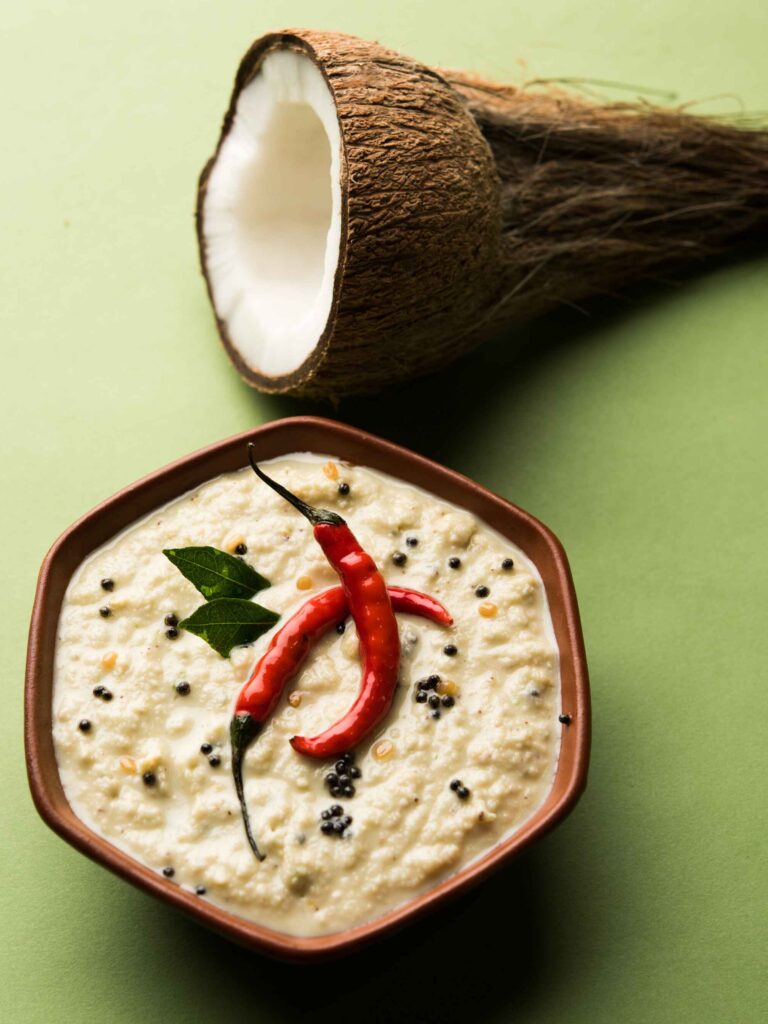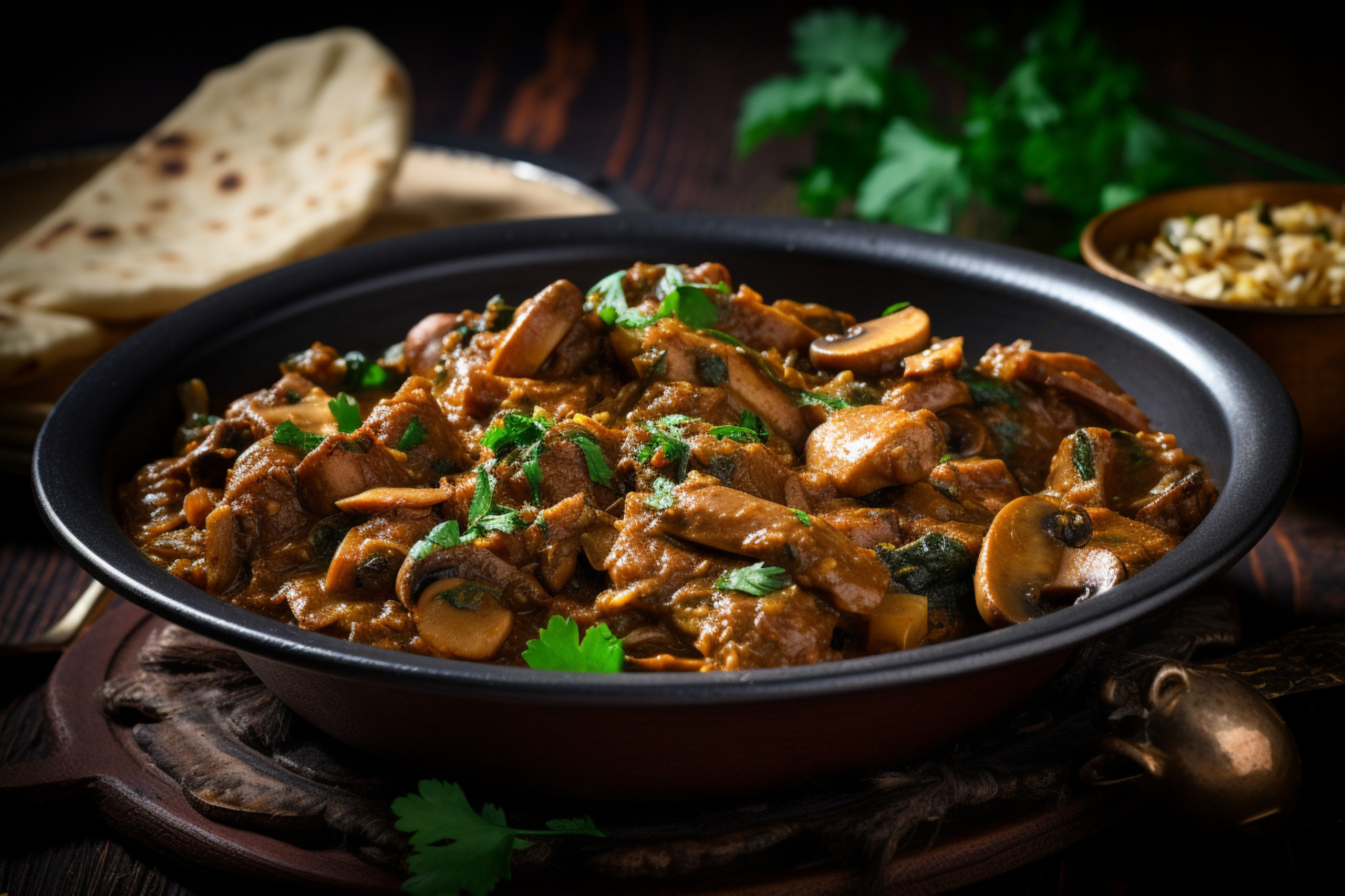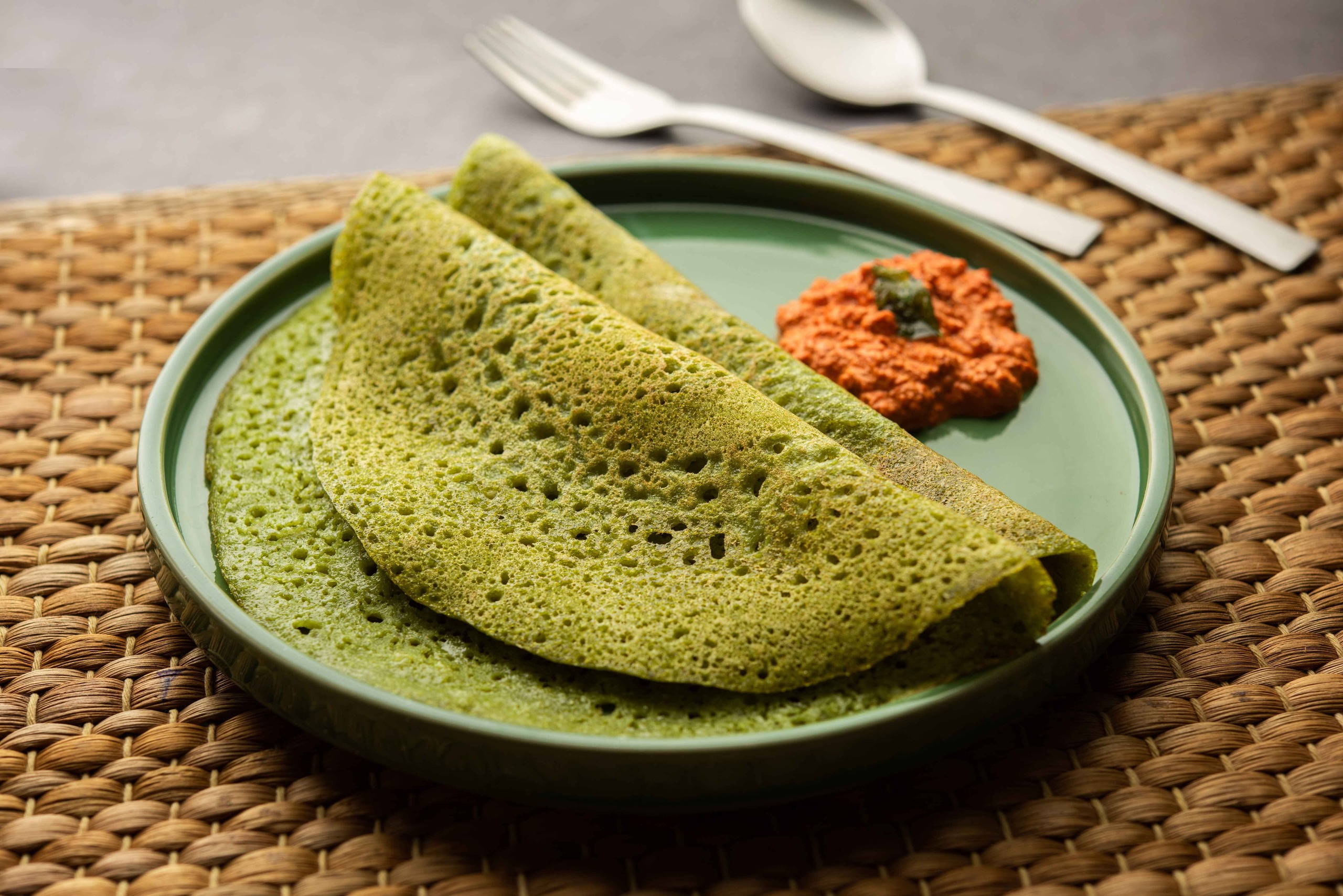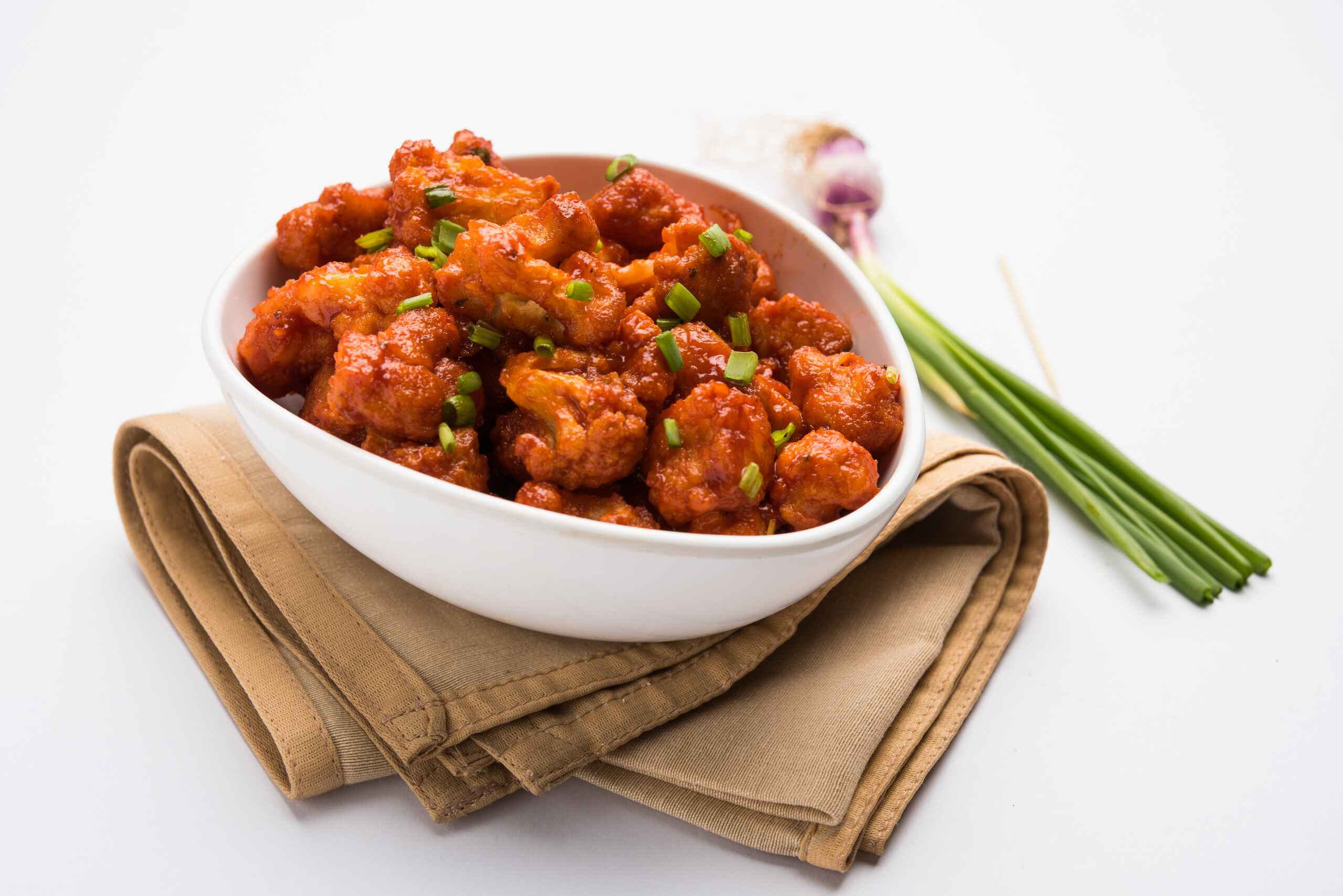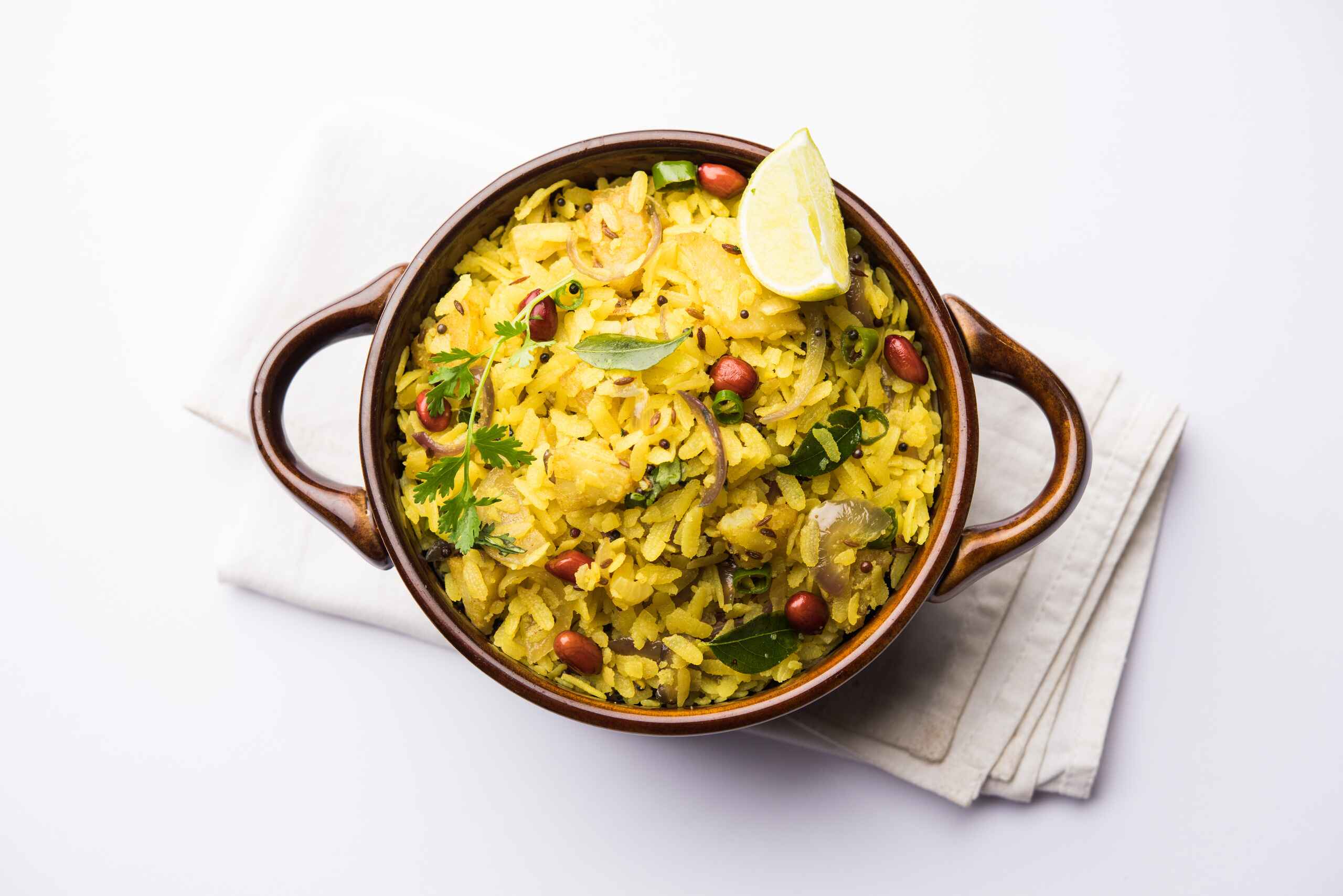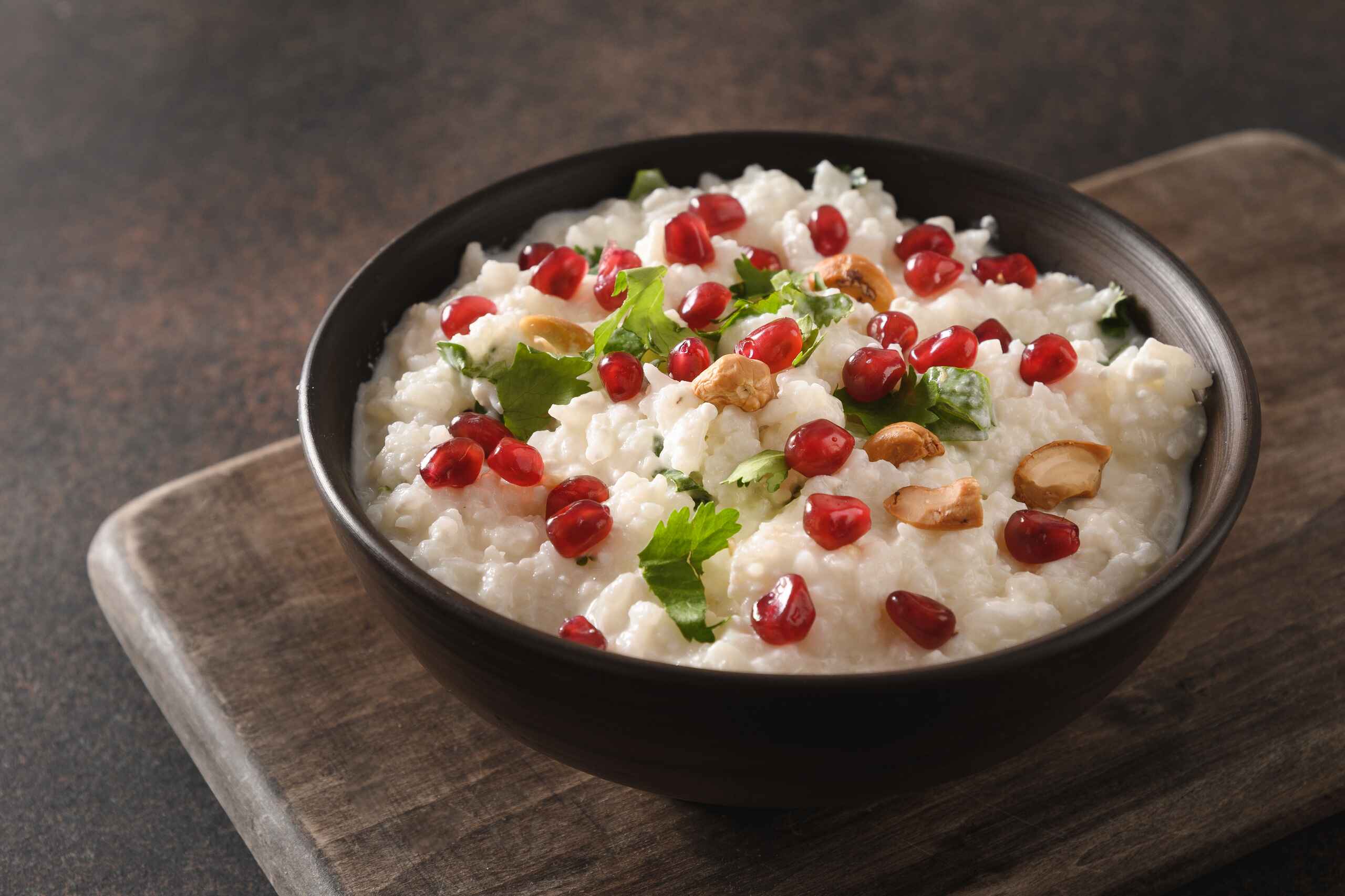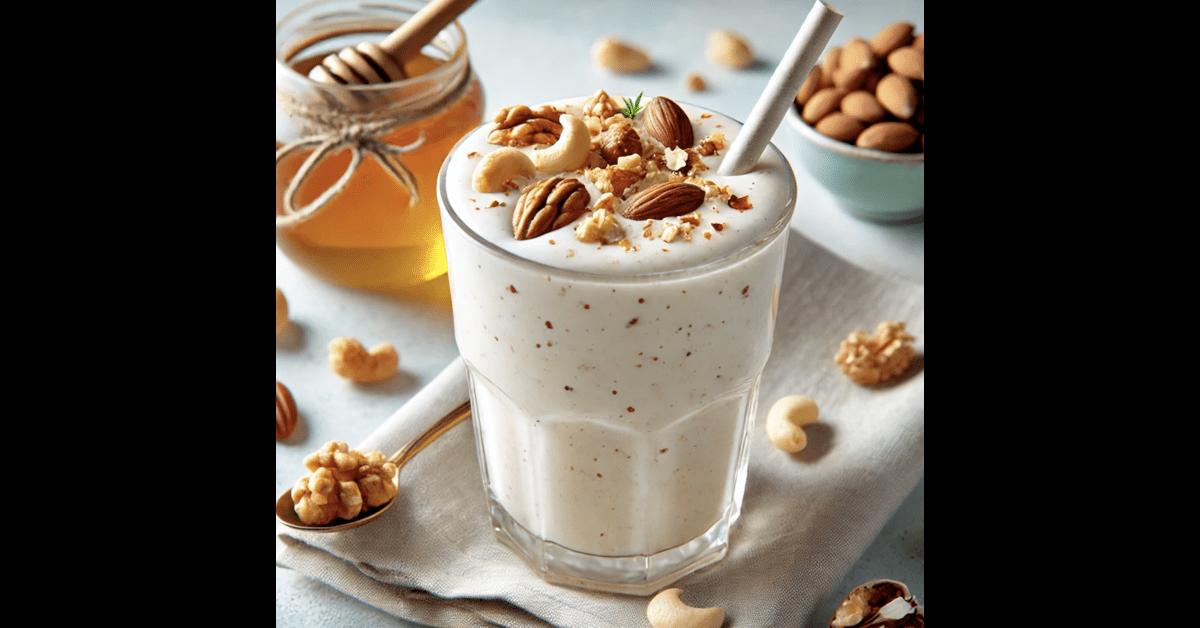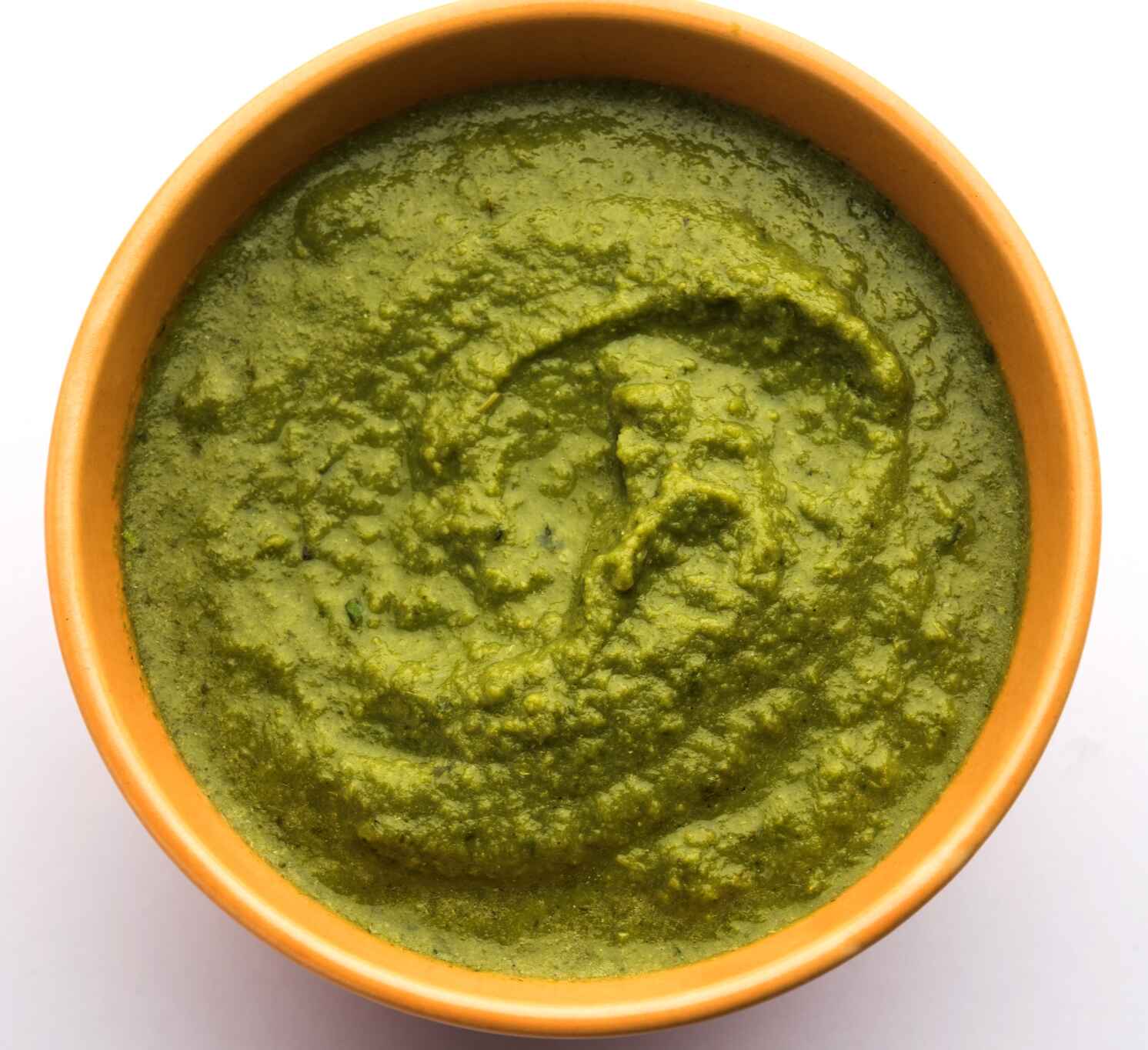Coconut Chutney benefits
- Freshly Grated Coconut: Coconut is rich in fiber, vitamins, and minerals. It supports digestion, boosts immunity, and provides healthy fats.
- Roasted Gram (Chana Dal): Roasted gram is a good source of protein and dietary fiber. It helps maintain blood sugar levels and provides energy.
- Green Chilies: Green chilies are high in vitamins C and A. They boost metabolism, improve digestion, and add a spicy kick to the chutney.
- Ginger: Ginger aids in digestion, reduces inflammation and has antibacterial properties. It adds warmth and spice to the chutney.
- Tamarind Pulp: Tamarind is rich in vitamins and minerals. It aids digestion and adds a tangy flavor to the chutney.
- Mustard Seeds: Mustard seeds have anti-inflammatory properties and are rich in selenium, which helps reduce inflammation and improve bone health.
- Urad Dal: Urad dal is high in protein and fiber, which help improve digestion and provide energy. It adds a crunchy texture to the tempering.
- Dried Red Chilies: Dried red chilies add a smoky flavor and heat to the tempering. They are rich in vitamins A and C.
- Curry Leaves: Curry leaves are rich in antioxidants and have anti-inflammatory properties. They add a unique flavor and aroma to the chutney.
Madurai-style coconut chutney
Description
Coconut chutney is made with freshly grated coconut, which gives it a rich and creamy texture. Adding green chilies, ginger, and roasted gram (chana dal) brings in a hint of spice and earthiness, while tamarind adds a touch of tanginess. The tempering of mustard seeds, curry leaves, and dried red chilies adds a burst of flavor and aroma, making this chutney irresistible. This recipe is quick and easy, requiring minimal ingredients and effort yet delivering maximum flavor and nutrition.
Ingredients Checklist
Ingredients for cocunut chutney
How to Make Coconut chutney
Preparation:
-
Grate the fresh coconut, or you can cut it into small chunks if you feel grating takes time.
-
Roughly chop the green chilies and ginger.
-
Soak the tamarind in a little warm water if using whole tamarind.
Blending:
-
In a blender or mixer grinder, add the grated coconut, roasted gram, green chilies, ginger, tamarind pulp, and salt.
-
Add a little water and blend to a smooth paste with little bit coarse in texture. Add more water as needed to achieve the desired consistency.
-
Transfer the chutney to a serving bowl.
Tempering:
-
Heat oil in a small pan over medium heat.
-
Add mustard seeds and let them splutter.
-
Add urad dal and fry until it turns golden brown.
-
Add dried red chilies and curry leaves, and sauté for a few seconds.
-
Pour the tempering over the prepared chutney and mix well.
Serving:
-
Serve the coconut chutney with idli, dosa, vada, or any South Indian snack.
Note
Expert Tips
- Use fresh coconut for the best flavor and texture. Frozen or desiccated coconut can be used if fresh is not available.
- After removing coconut meat from the shell, if you peel the brown skin, the chutney looks more delicious and pure white in color.
- In many restaurants, instead of water, they use to grind with half water and half milk, which enhances the taste; however, you cannot store it for a long time if you add milk, which has to be served immediately.
- Adjust the number of green chilies to suit your spice preference.
- Adding a small piece of tamarind gives a nice tangy flavor, but you can skip it if you prefer a milder chutney.
- For a smoother chutney, blend the mixture until completely smooth. For a coarse texture, blend it less. I prefer a coarse texture.
Storage Instructions
- Fresh chutney is best consumed immediately, as the flavors are more vibrant. The ground chutney cannot be stored for days as coconut has the tendency to get spoiled easily.
- In a refrigerator, you can store it in a dry form for 2- 3 days. Grind the mixture without adding water and store it in an airtight container. Add water and tempering when you need to serve.

